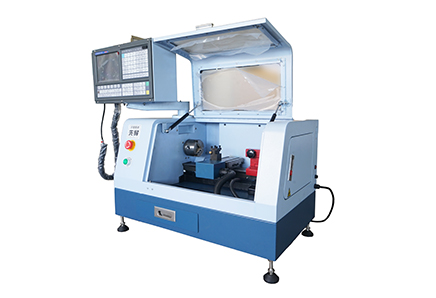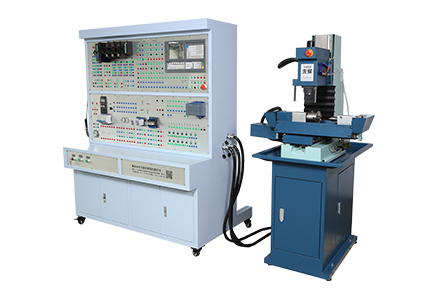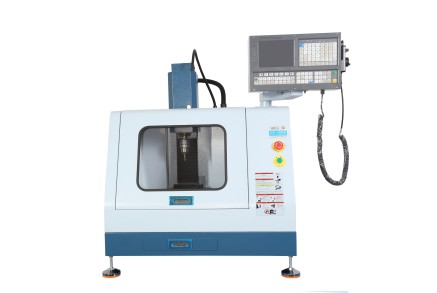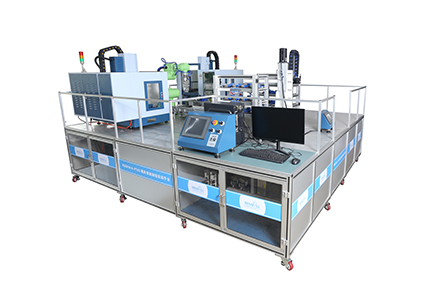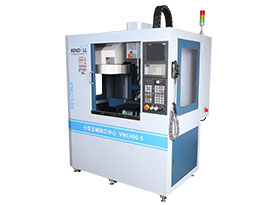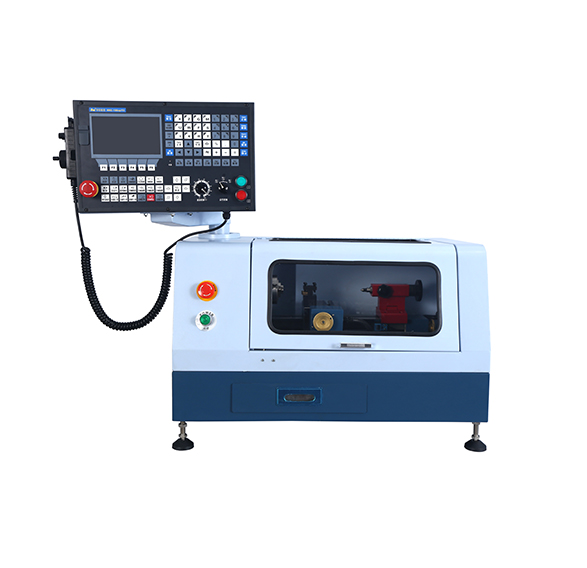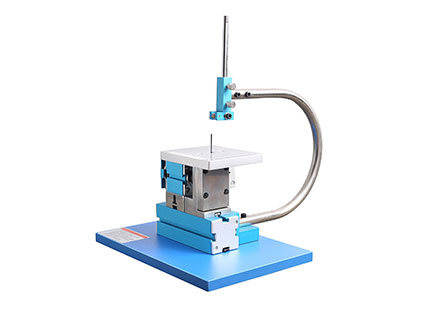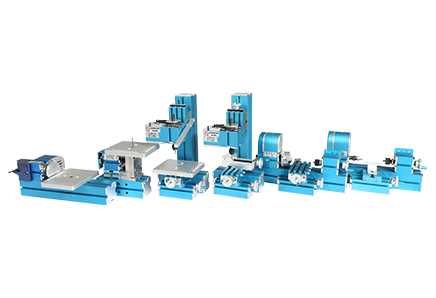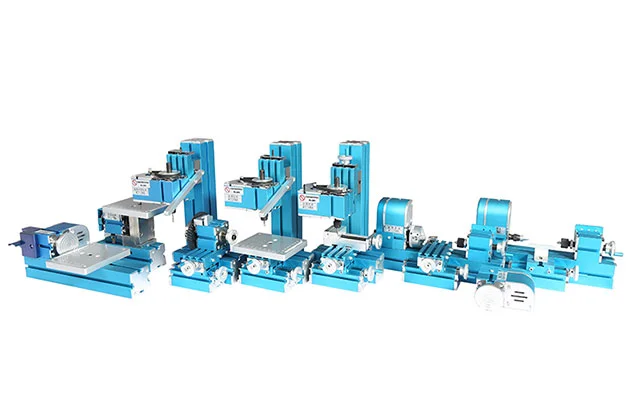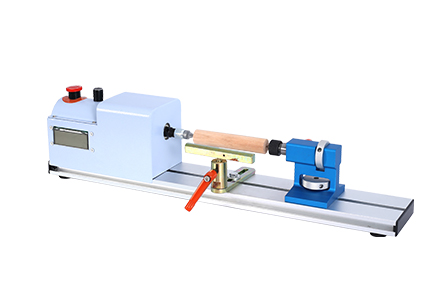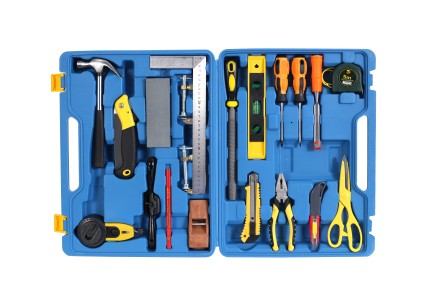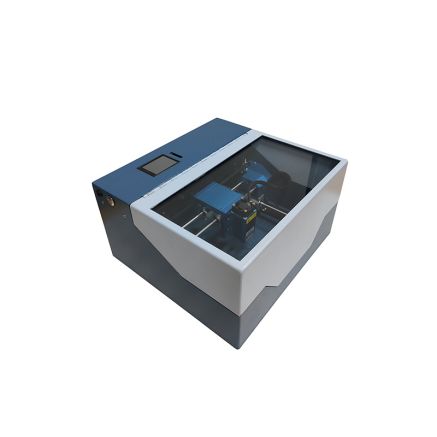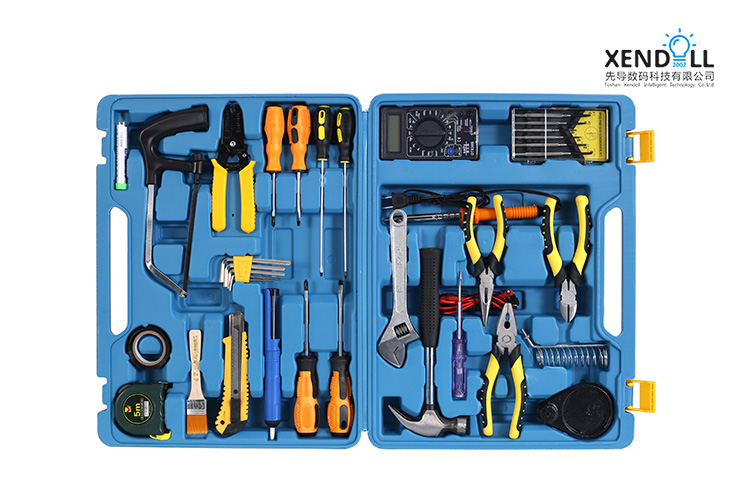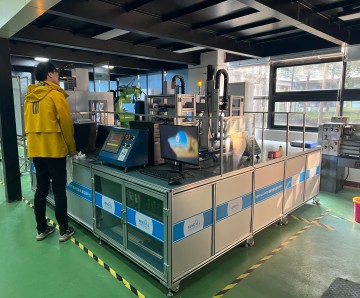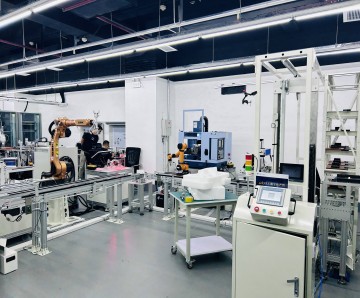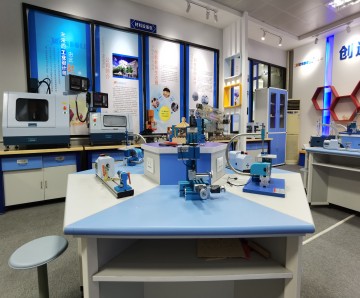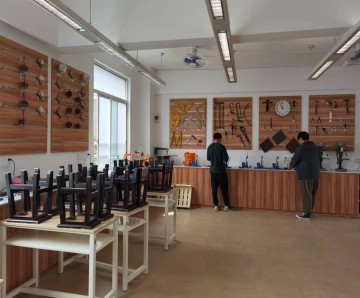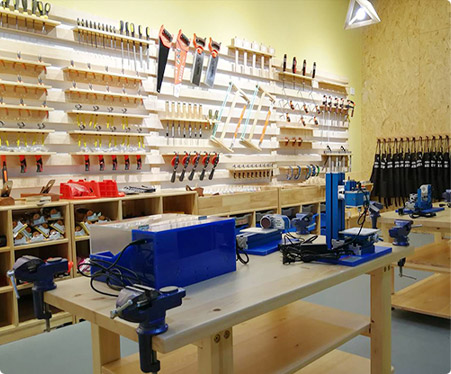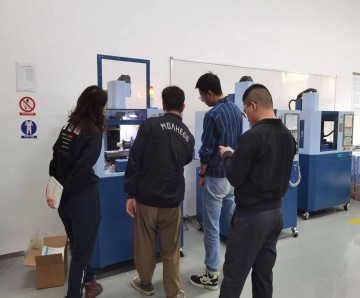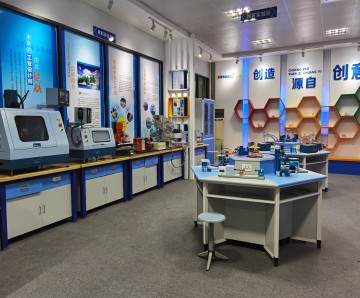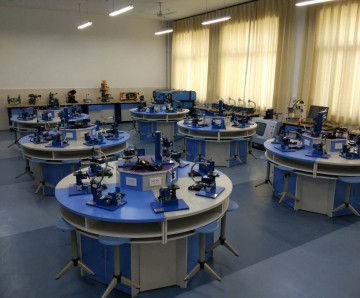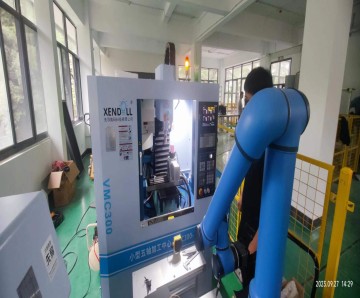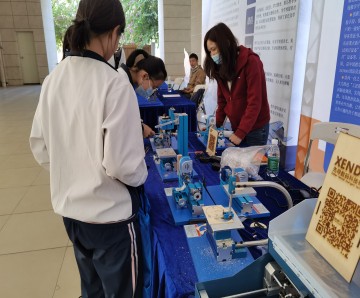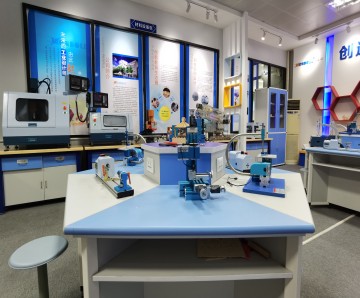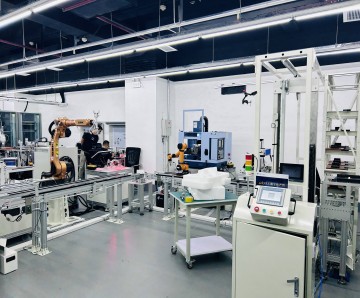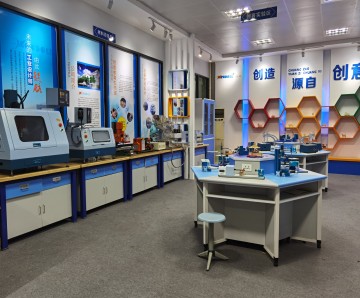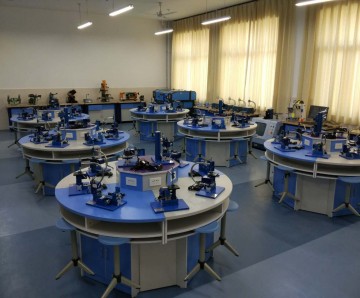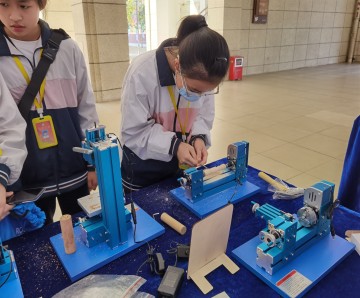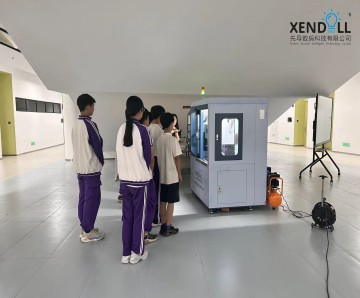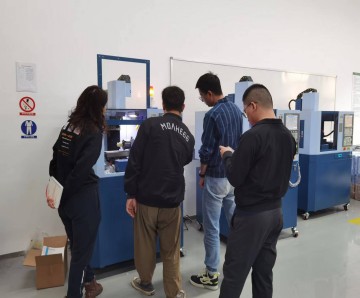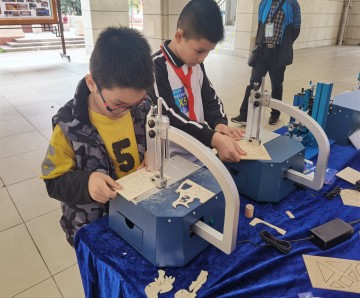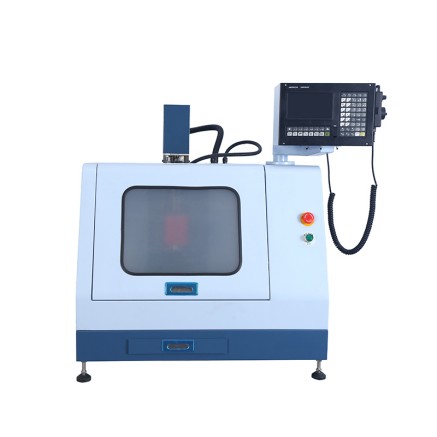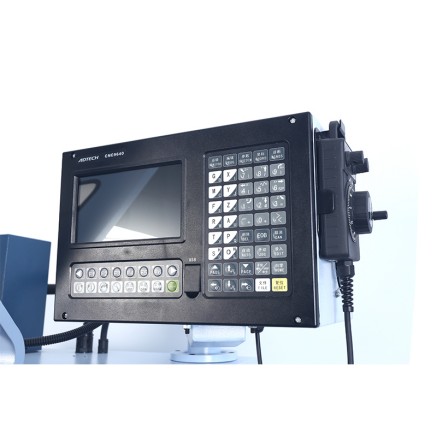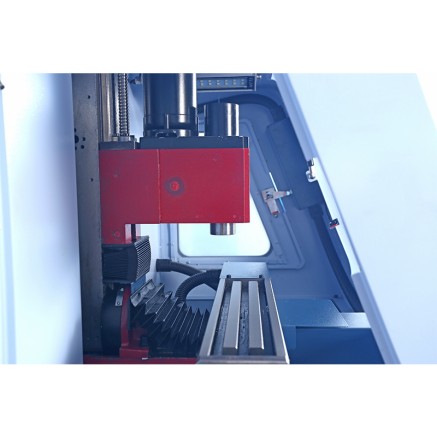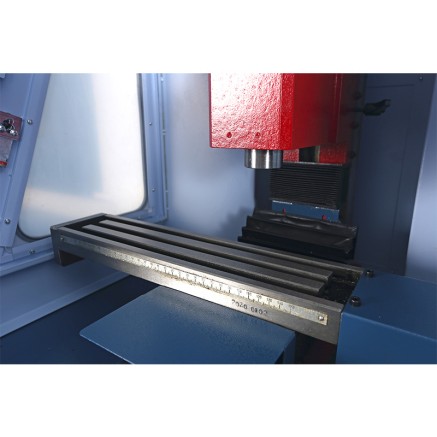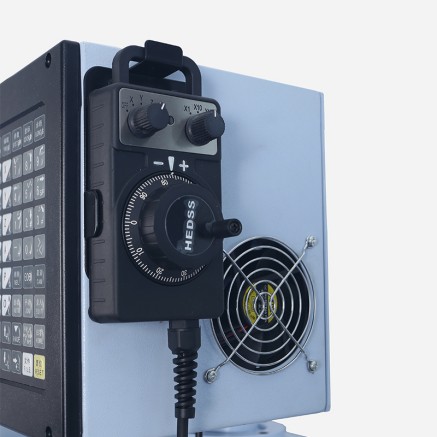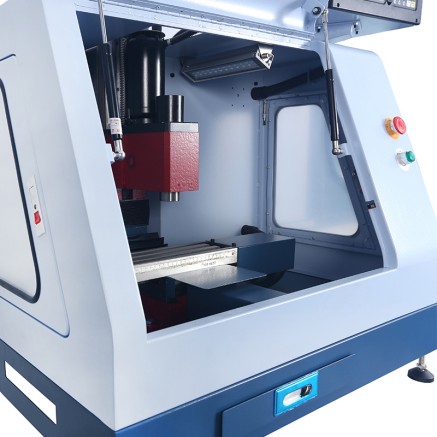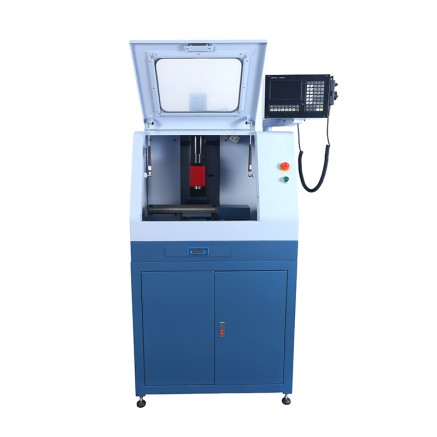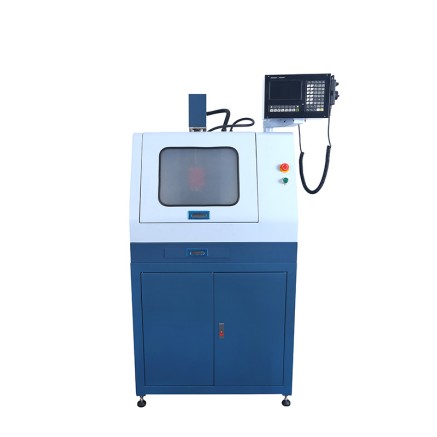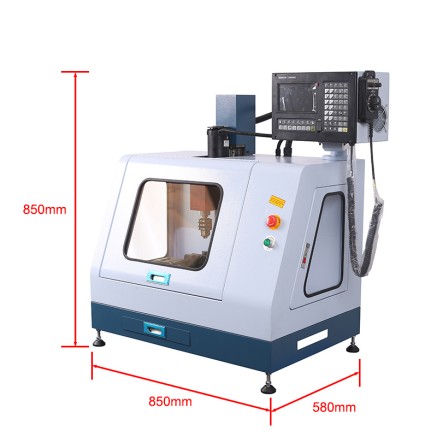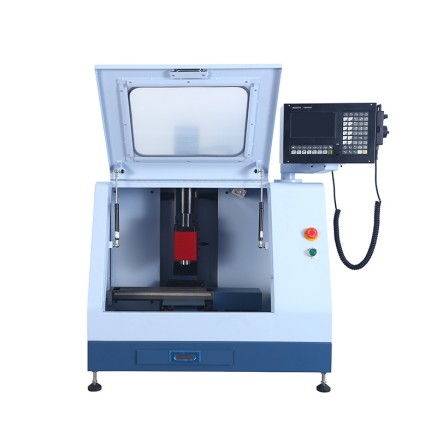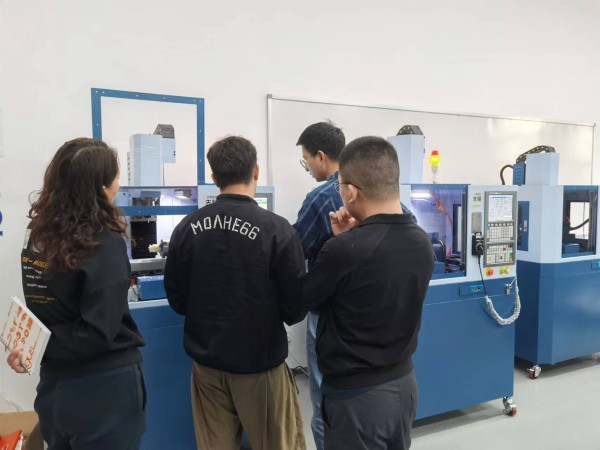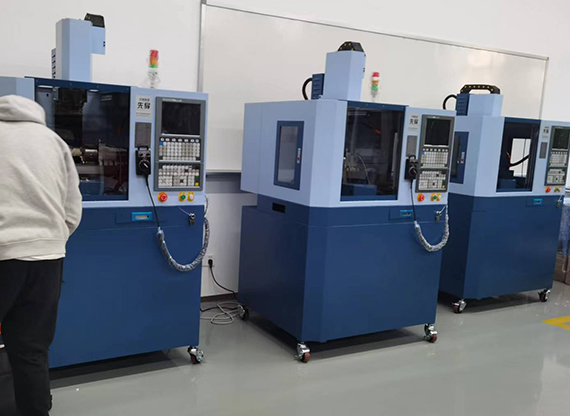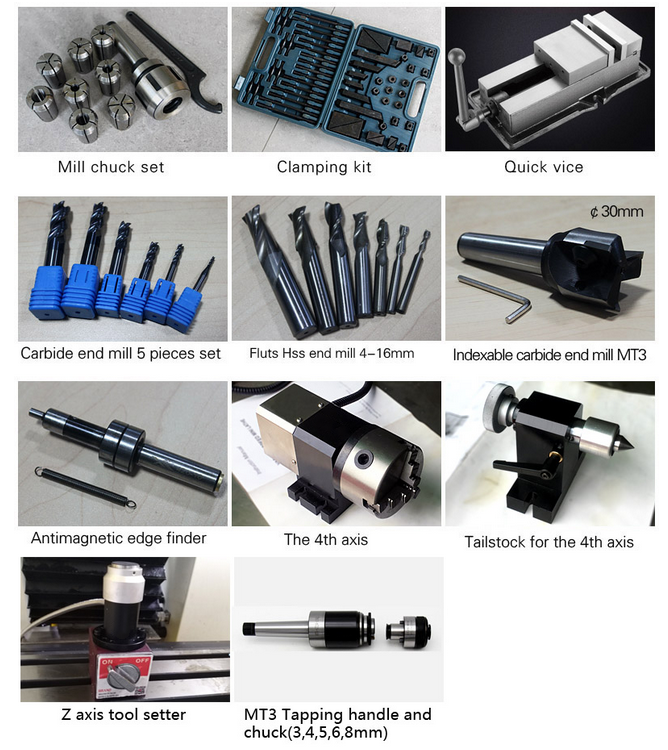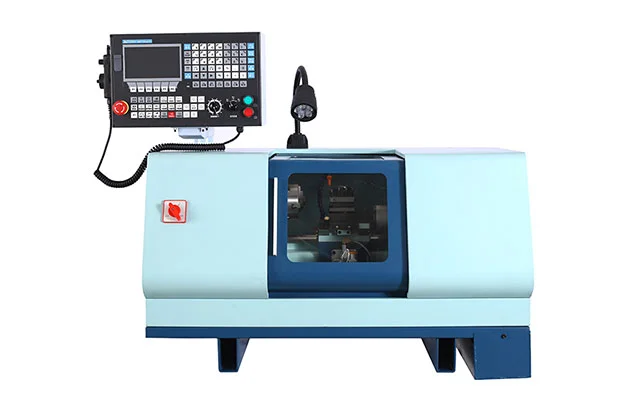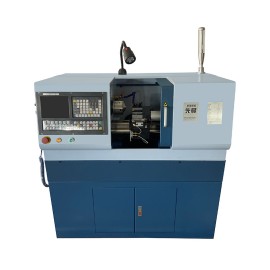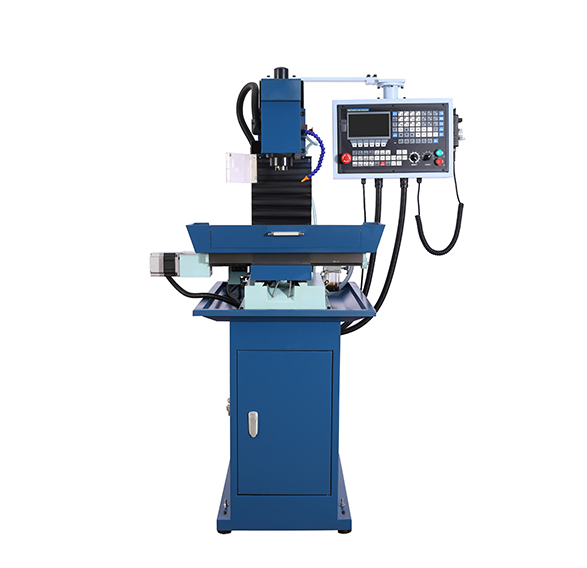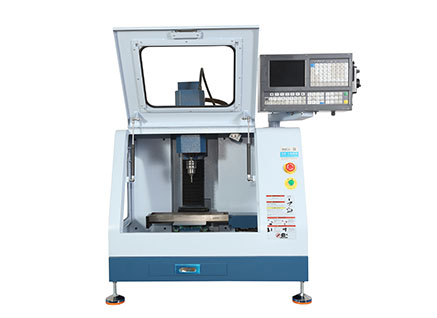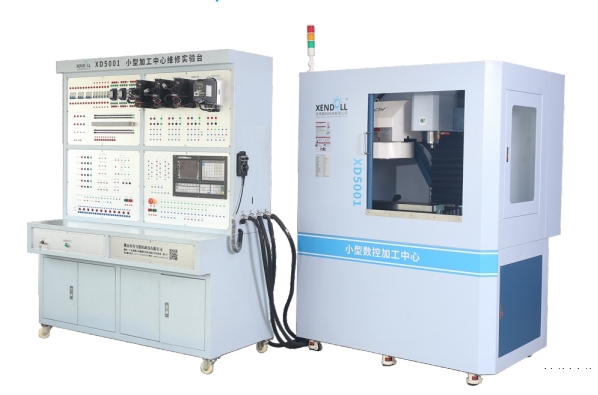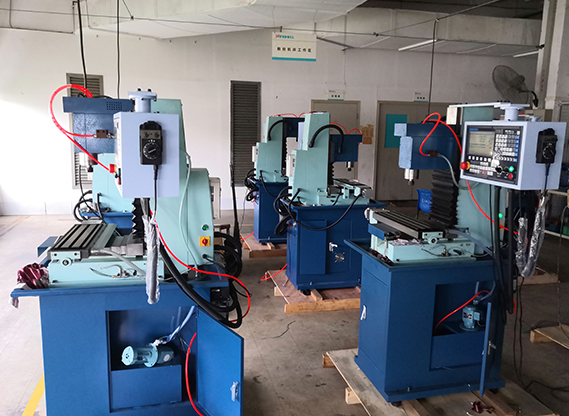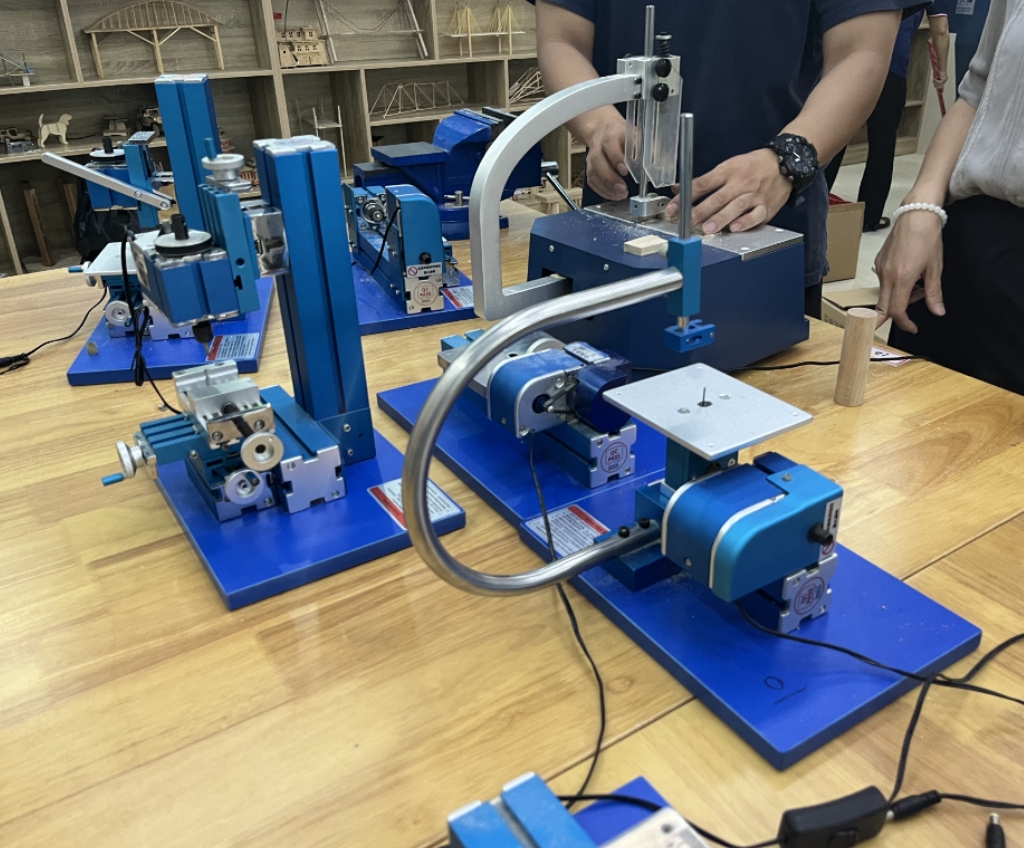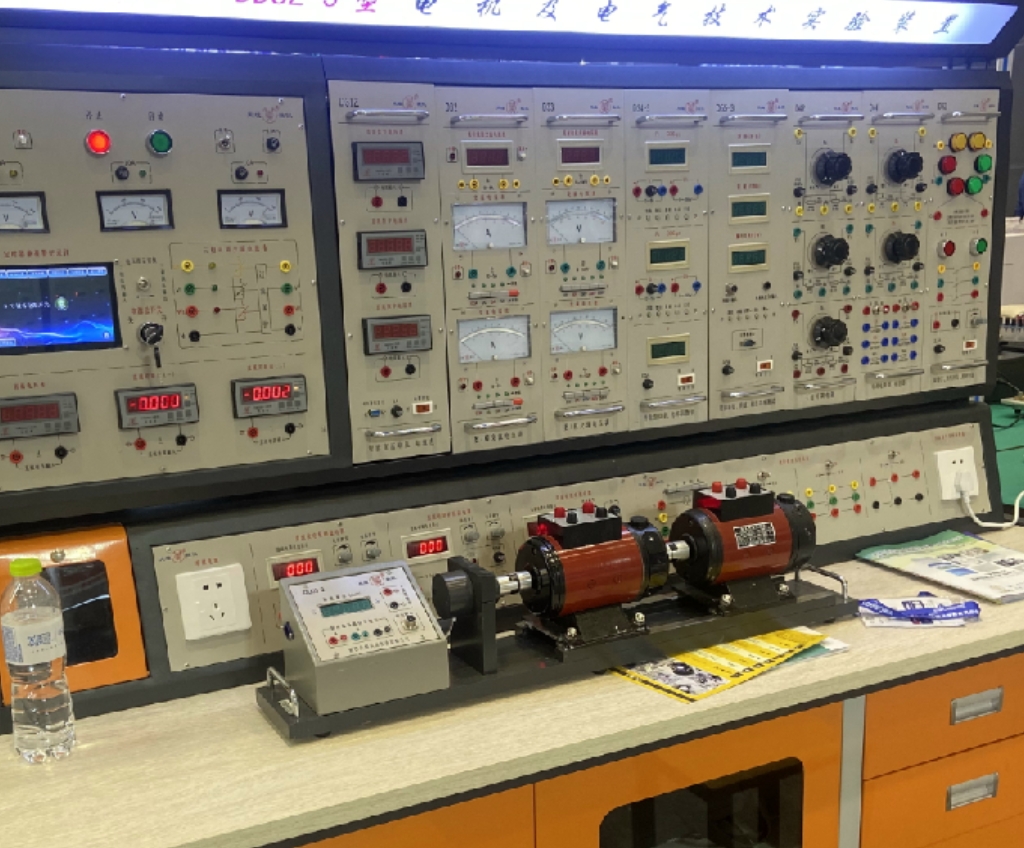CNC machines are widely used in manufacturing, engineering, and design industries. They can perform complex tasks with high precision and speed. However, like any other machine, they can also encounter some problems that affect their performance and quality. In this blog post, we will discuss some of the common issues of cnc machines and how to diagnose and fix them.
1. Tool breakage or wear
One of the most common issues of cnc machines is tool breakage or wear. This can happen due to various reasons, such as improper tool selection, incorrect feed rate or spindle speed, excessive cutting force or vibration, lack of coolant or lubrication, or poor tool maintenance. Tool breakage or wear can result in poor surface finish, dimensional errors, scrapped parts, or even damage to the machine.
To diagnose tool breakage or wear, you can use various methods, such as visual inspection, sound detection, force measurement, power consumption monitoring, or tool life management software. To fix tool breakage or wear, you can replace the broken or worn tool with a new one, adjust the cutting parameters or tool geometry, improve the coolant or lubrication system, or perform regular tool cleaning and sharpening.
2. Positioning errors
Another common issue of cnc machines is positioning errors. This means that the machine does not move to the desired location or orientation accurately. This can happen due to various reasons, such as backlash, thermal expansion or contraction, mechanical wear or looseness, electrical noise or interference, software bugs or calibration errors. Positioning errors can result in inaccurate dimensions, misaligned features, out-of-tolerance parts, or even collisions.
To diagnose positioning errors, you can use various methods, such as measuring the actual position or orientation of the machine using a dial indicator, a laser interferometer, a coordinate measuring machine (CMM), or a vision system. To fix positioning errors, you can adjust the backlash compensation or servo tuning parameters, perform thermal compensation or warm-up cycles, tighten or replace the worn or loose components, shield or filter the electrical signals or sources of interference, update or debug the software code or calibration data.
3. Spindle problems
Another common issue of cnc machines is spindle problems. This means that the spindle does not rotate smoothly or consistently. This can happen due to various reasons, such as bearing failure, motor failure, belt slippage or misalignment, spindle imbalance or runout, overheating or contamination. Spindle problems can result in poor surface finish, reduced cutting efficiency, increased noise or vibration, shortened tool life, or even damage to the machine.
To diagnose spindle problems, you can use various methods, such as listening to the spindle sound using a stethoscope or a microphone, measuring the spindle speed using a tachometer or a frequency meter,
measuring the spindle temperature using a thermometer or a thermal camera,
measuring the spindle vibration using an accelerometer or a vibration meter,
measuring the spindle runout using a dial indicator or a runout tester. To fix spindle problems,
you can replace the faulty bearings or motor,
adjust the belt tension or alignment,
balance the spindle assembly using a balancing machine,
cool down the spindle using a fan or a chiller,
clean the spindle using compressed air or a solvent.
4.Poor surface finish or quality of the output parts
This means that the parts have defects such as burrs, scratches, marks, cracks, etc. This can be caused by several factors, such as:
- Incorrect selection or setting of the cutting parameters, such as speed, feed rate, depth of cut, etc.
- Improper selection or maintenance of the cutting tools, such as type, size, shape, material, coating, etc.
- Inadequate cooling or lubrication of the cutting zone or the tools.
- Excessive tool wear or breakage due to high temperature, pressure, friction, etc.
- Contamination or corrosion of the workpiece material or the tools.
To fix this issue,
you can try some of the following solutions:
- Optimizing the cutting parameters according to
the workpiece material,the tool material,and the desired surface quality.
- Choosing or replacing the cutting tools that are suitable for the machining operation, the workpiece material, and the tool life expectan







